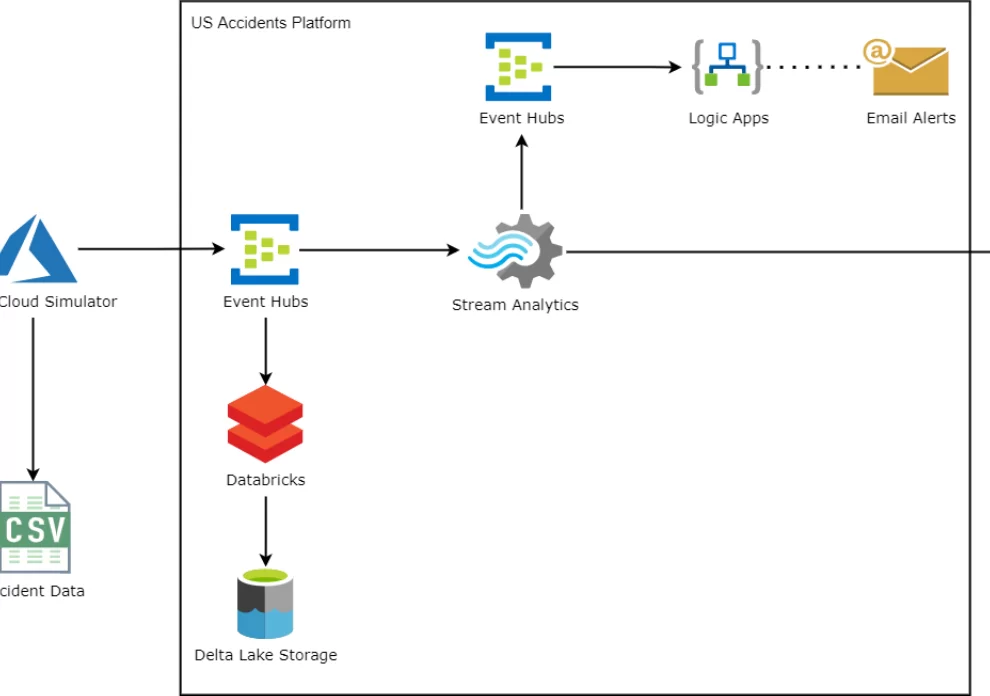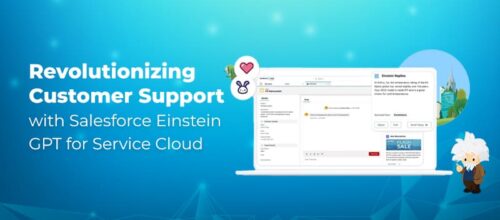Real-time Processing and Analysis of Accidents Data with Robust Pipelines

Written by Hafsa Mustafa
Technical Content Writer
April 14, 2023
According to World Health Organization, almost 1.3 million people succumb to road traffic injuries every year. Road traffic accidents are a leading cause of death for young adults and children, as their impact tends to be severe. In the occasion of such an event, timely treatment is required for the affected person, as injuries often prove fatal.
This blog discusses a data engineering solution designed by Royal Cyber’s data experts that provides real-time information related to accidents, enabling first responders to act quickly according to the situation.
Problem Statement
With the number of vehicles on roads rising with every passing year, traffic conditions are worsening around the globe. This has led to a surge in the overall fatality rate related to road traffic accidents. A failure to provide timely first aid to the victims often results in major physical and cognitive disabilities or loss of life. Therefore, healthcare facilities, incident response management authorities, and police departments can really use a solution that quickly provides real time traffic accident data.
Our Solution
Our solution, specifically designed for the health industry, features a robust pipeline that supports both batch and streaming data to perform instant processing and analysis of accident data. It is a low-latency solution transferring information to alert the concerned authorities at the earliest so that as many human lives can be saved as possible.
The designed pipelines can process large volumes of data easily, which makes our solution a vital option for the concerned parties. It will empower the health departments to stay on top of such mishaps, as the staff will be notified of any accident immediately upon its occurrence, as soon as the accident happens. This will help them to take prompt actions to send ambulances and medical staff to the incident sites quickly, provide first-aid facilities for the injured to save their lives, and release traffic congestion.
Furthermore, this pipeline can also be used to notify several government departments and authorities related to traffic incidents, such as incident response management, highway authority, traffic police departments, etc., so that they can take swift action upon any issues caused by accidents such as controlling the traffic flow, managing alternate routes, and so on.
How We Did It
We started by gathering the real-time dataset, which had data on accidents that occurred in the United States between the 2016-2021 period. The data contained numerous categorical features like the accident’s severity, city, state, time, country, description, and the time the traffic flow resumed following the accident. These, along with other numerical features, were analyzed as we developed our project.
We used modern data technology to build our solution, including Azure Event Hubs, Databricks, Power BI, and Azure Stream Analytics. The constructed ETL (extract, transform, and load) pipeline comprised two parts: one pipeline handled batch storage, whereas the other pipeline was designed to carry streaming data. It was also arranged so that the continuous data stream could be visualized in real-time.
The ingested raw data was first stored and then transformed into a uniform format to make it usable. Further functions were then performed on the processed data, and visualizations were displayed on the dashboards to enable the concerned personnel to generate analytics from it.
The second pipeline, which handled the data in motion, required trigger alerts to provide quick updates. Its data was also visualized immediately as it arrived. An email would be sent automatically to the desired department whenever an event occurred. Here’s a simplistic diagram that shows the basic structure of our solution:

Expected Benefits
- Instant response to traffic accident victims with the immediate provision of treatment
- Significant decrease in fatality rate related to road traffic accidents
- Smooth regulation of traffic flows which tend to get disrupted following accidents
- Since it is an automated solution, there will be no need for manual work that is required for reporting the details as they will be automatically shared without any delay
- Possible for traffic police to quickly arrive at the scene to prevent commotion and oversee the matters
- Overall increased accessibility to healthcare facilities and providers
- Easier for concerned authorities, including incident response management, highway authority, and traffic police departments to analyze the statistics, perform analytics, and undertake needed measures
Conclusion
In a nutshell, our solution shows how high-performing data pipelines can be used to support solutions that accelerate the process of responding to road traffic accidents. If you have any queries on the subject, you can reach out to our data engineering or science experts and get them answered.



